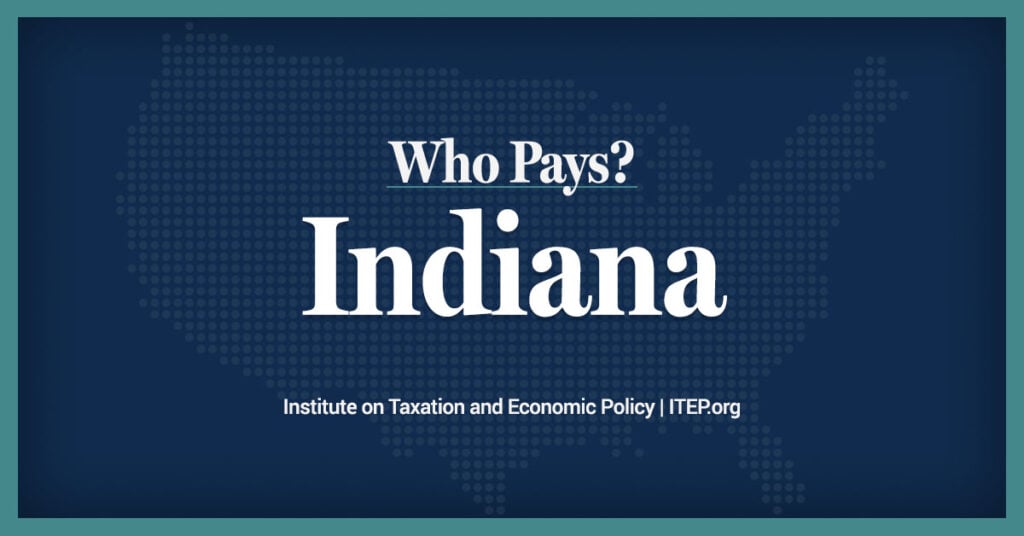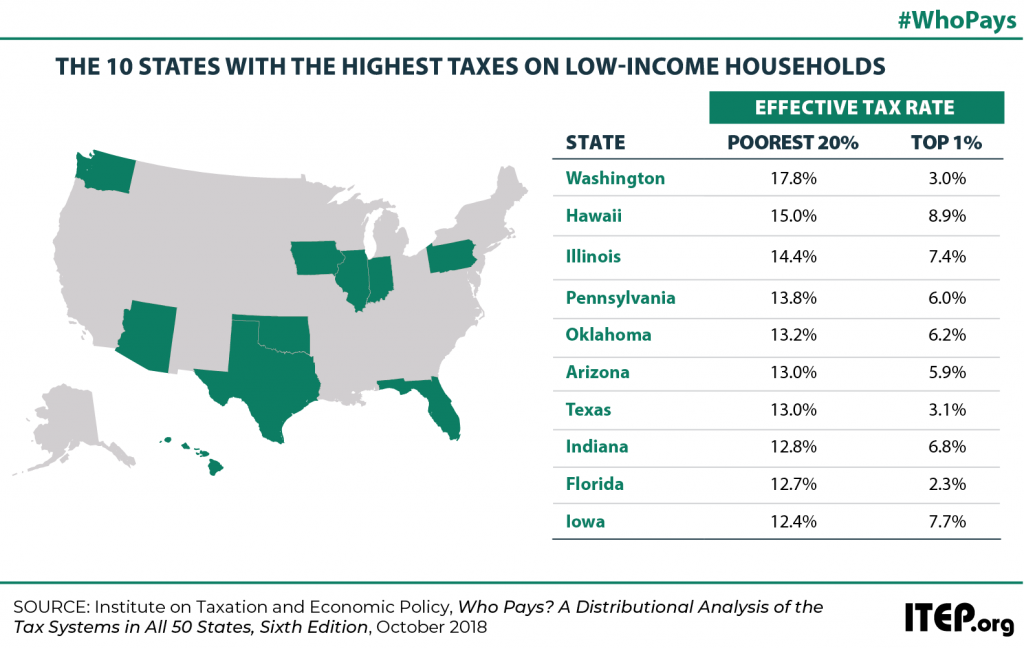Written by Dan Carpenter
Do Hoosiers even want Gov. Mike Pence’s income tax cut?
And should they, considering that Indiana has one of the most regressive, elitist, tax systems in the nation, and what’s on the table will only make matters worse?
The first question was put to Pence in a recent meeting with The Star’s Editorial Board, in which the resounding lack of buzz about his signature goal was noted.
The governor insisted there was plenty of popular support for a proposal that even his Republican allies in the legislature find excessive.
Where is the yardstick for that claim?
The most prominent offered so far is beyond weak.
The fiercely ideological Americans for Prosperity Indiana, founded by the billionaire Koch Brothers, released a poll in which it found 52 percent of Indiana respondents favored “substantial tax relief.”
Not much of a groundswell, considering the poll’s sponsor. And especially considering that Public Opinion Strategies, which conducted the survey, is a Republican polling firm.
For an objective picture, go back to December, as Pence prepared his 10 percent solution for the 2013 General Assembly session.
A poll conducted by WISH-TV and the Bowen Center for Public Affairs at Ball State University found that 64 percent of Hoosiers preferred spending surplus revenues on employment and education to giving rebates to taxpayers.
.
So what are Pence and the legislative leadership doing?
Cutting income taxes, in all likelihood and at some level, for the average Hoosier.
And, far more quietly, cutting lots of taxes for the above-average payer.
As the dickering plods on over the individual tax issue, bills are moving that will reduce corporate taxes and taxes on financial institutions, while speeding up the inheritance tax phase-out that was enacted last year. Higher-end folks would reap the lion’s share of these measures, whose estimated impact is $500 million a year, compared to $150 million for the 3 percent income tax cut pending in the state Senate and $500 million in the Pence income tax plan. That’s $1 billion or thereabouts total, compared to a surplus of $280 million.
Who loses? The answer largely depends on one’s view of government as revenue collector. The breadwinner making $40,000 who stands to get back about $150 under the Pence plan will say thanks; but there’s reason to believe he’s likely to prefer it stay in a pot to reduce unemployment, fund preschool and generally increase the ranks of fellow taxpayers.
The lowest-income taxpayer would get roughly $20 from Pence’s cut. The top 1 percent of taxpayers would rake in 100 times that.
“We are manufacturing a two-tier taxation system,” says state Rep. Gregory Porter, D-Indianapolis, ranking minority member of the House Ways and Means Committee. “The more you make, the more you get cut.”
The two problems with that, he adds, are that the businesses at the top aren’t increasing hiring or lending, and the revenues lost to them leave needs unmet.
“If we do all these things, including the inheritance tax,” he says, “we’ll be like (Gov. Sam) Brownback in Kansas, who made all these cuts and now is trying to figure out how to pay for everything.”
Back to the question of who pays:
According to the Washington-based Institute on Taxation and Economic Policy, a liberal but independent think tank, Indiana already is America’s ninth most regressive taxing state, with middle-income Hoosiers paying twice the share of the richest, and the poor paying an even greater portion, when state and local income taxes are combined with property, sales and excise taxes.
Indiana is one of only seven states with a flat income tax, as opposed to a graduated approach that would take a greater percentage from those better able to afford it. Indiana also exacts a higher income tax on the lowest earners than all but six states.
“Poverty is still rising in Indiana, faster than in neighboring states,” says Derek Thomas, an analyst with the Indiana Institute for Working Families. “Hoosiers can’t afford tax policies that shift the responsibility for essential services to middle- and lower-income families.”
Even the Senate’s 3 percent income tax cut could pay for two essential services: the expansion of Medicaid coverage called for in the federal health-reform law, and the implementation of statewide preschool. Pence’s could go on to replenish the depleted highway budget and the public school fund, cut by $300 million two years ago.
“Based on the polls, it’s what the public wants,” Thomas says.
“We cannot continue to travel down this road we’re on,” Porter says.
In the Statehouse, theirs is not the supermajority view.




